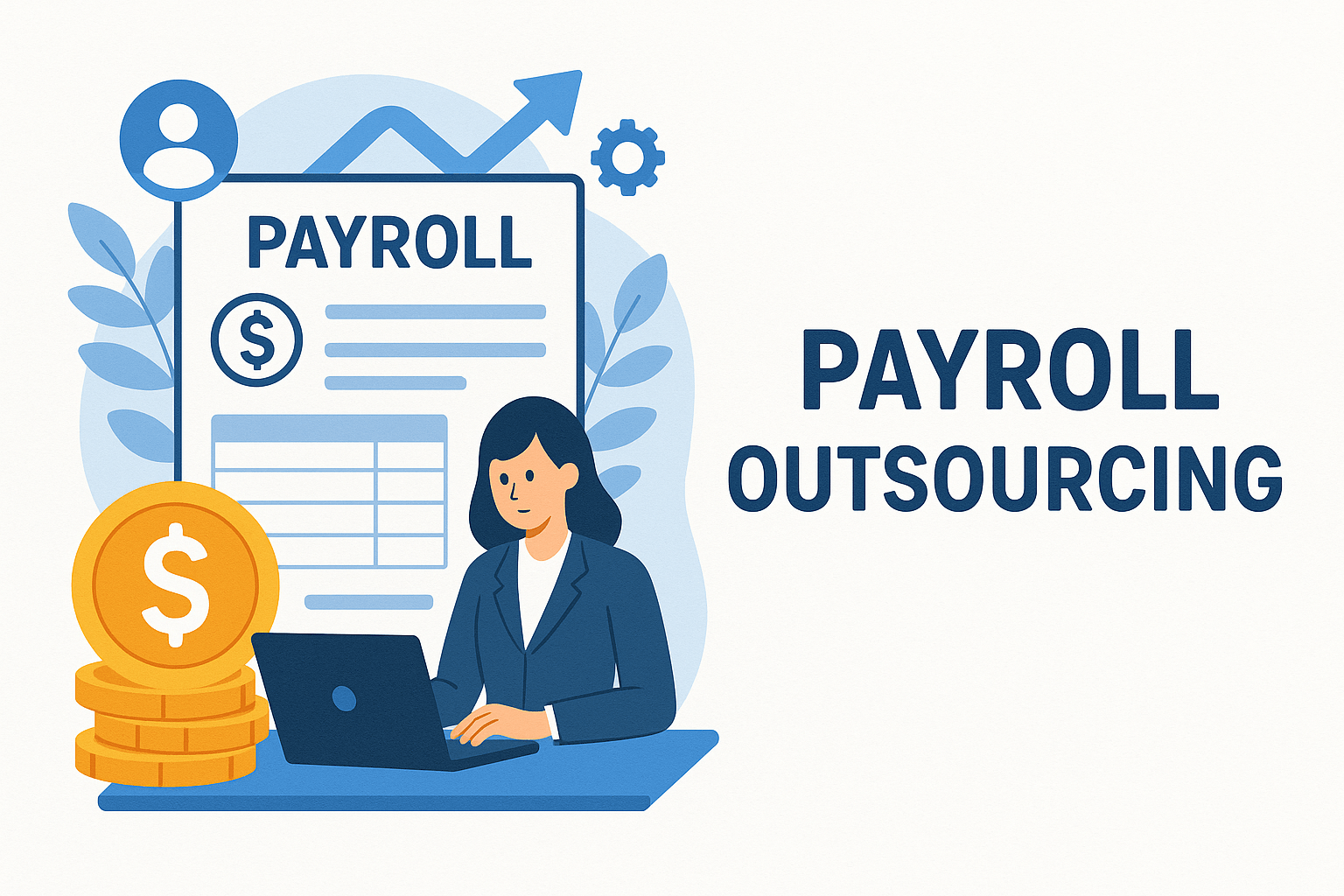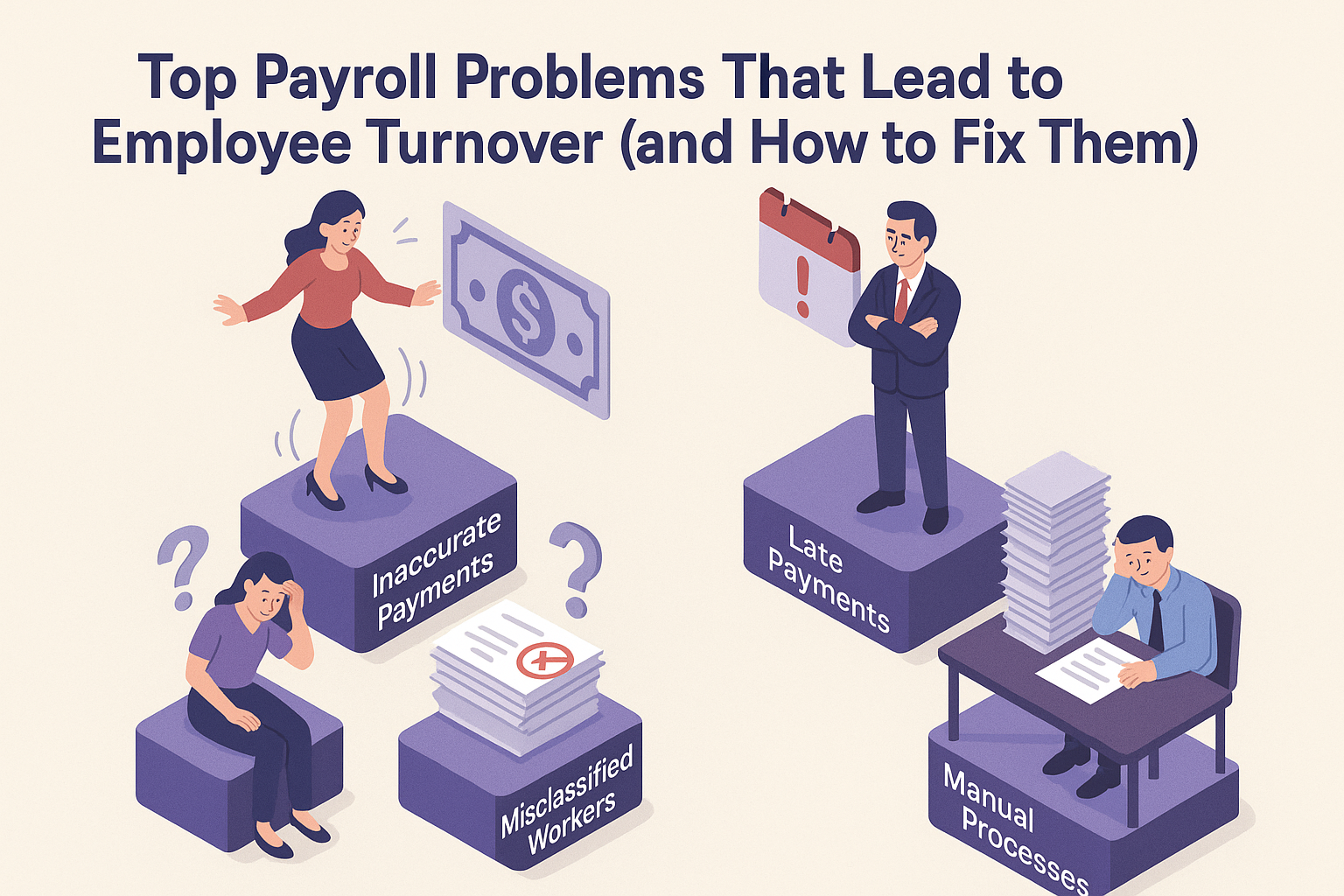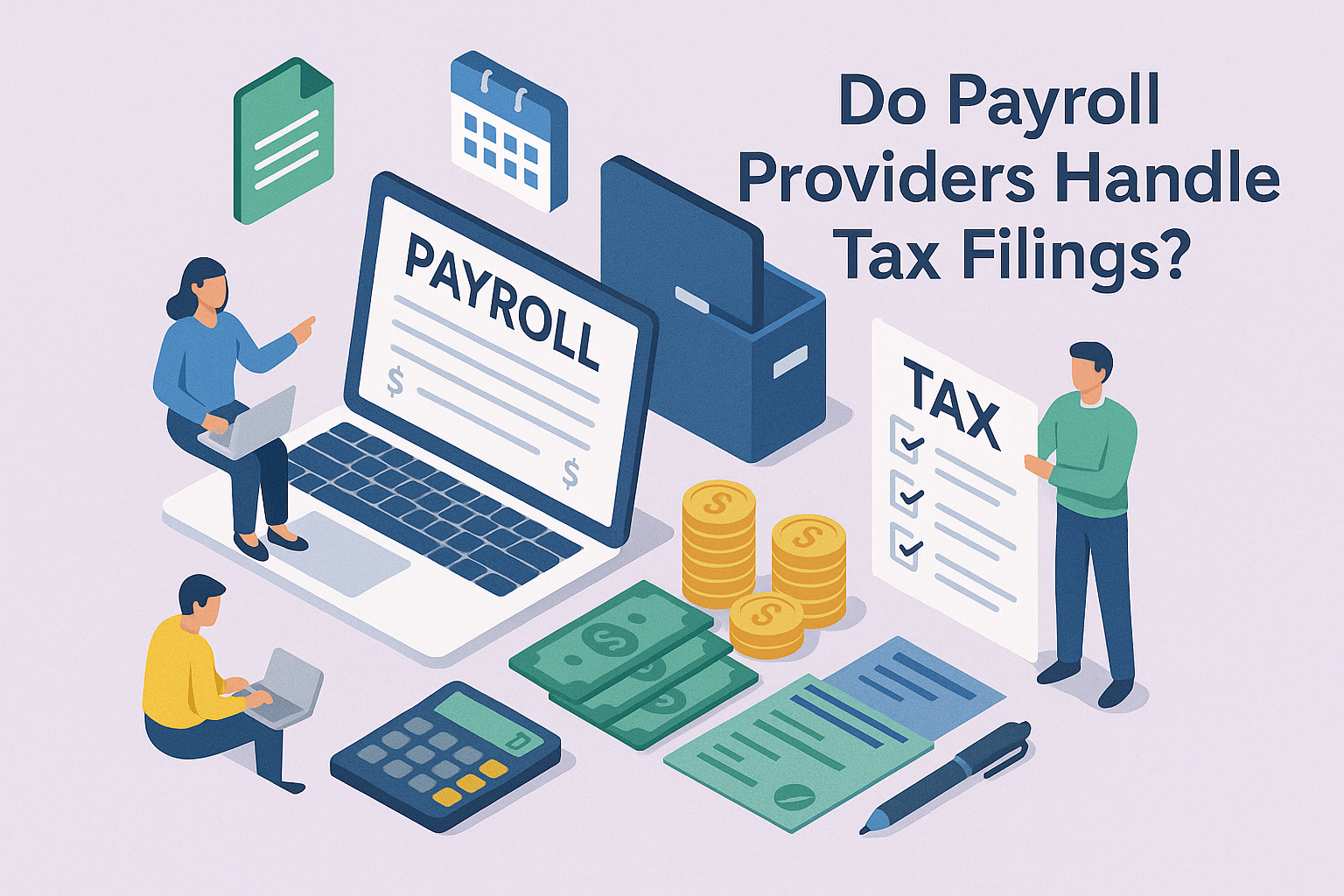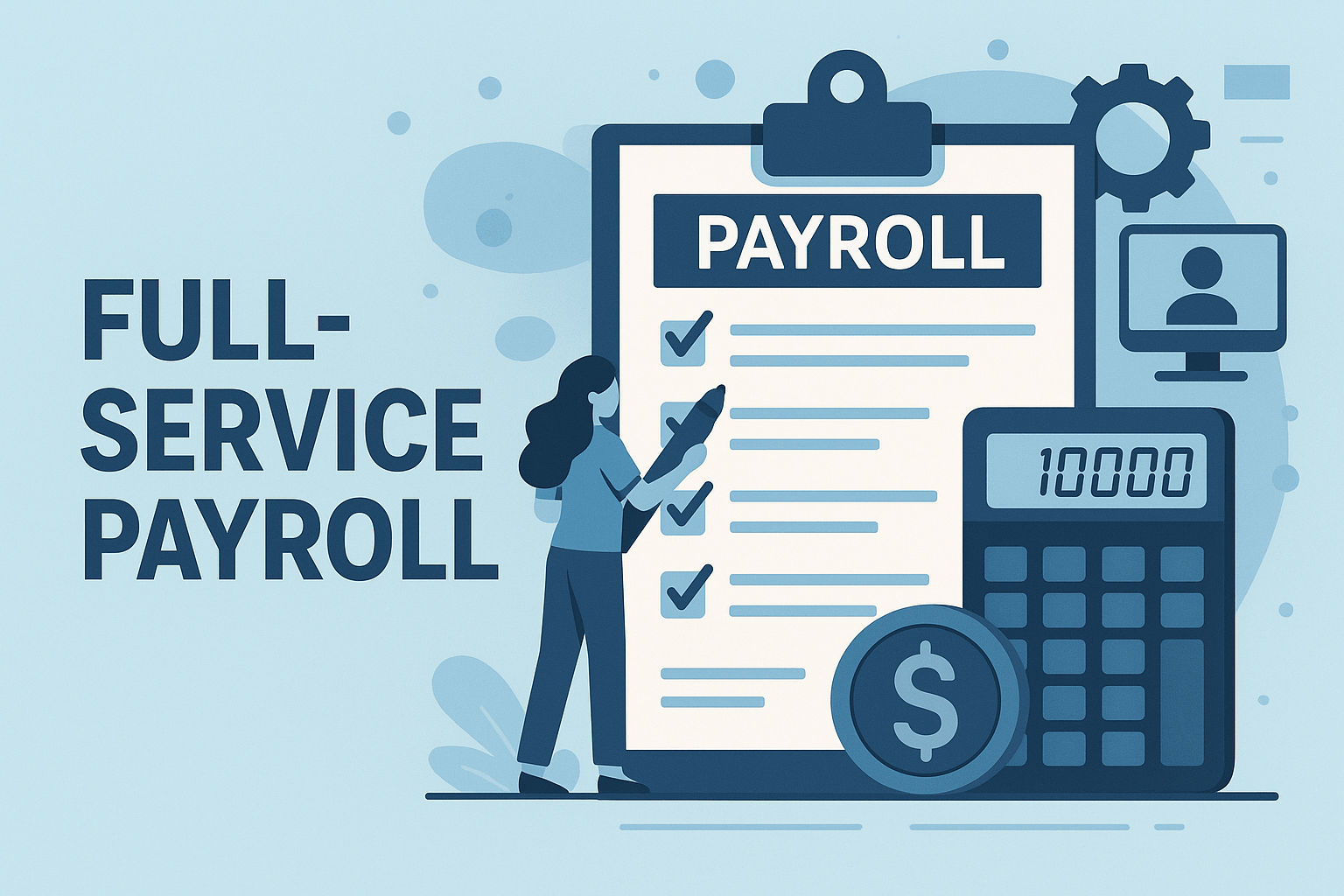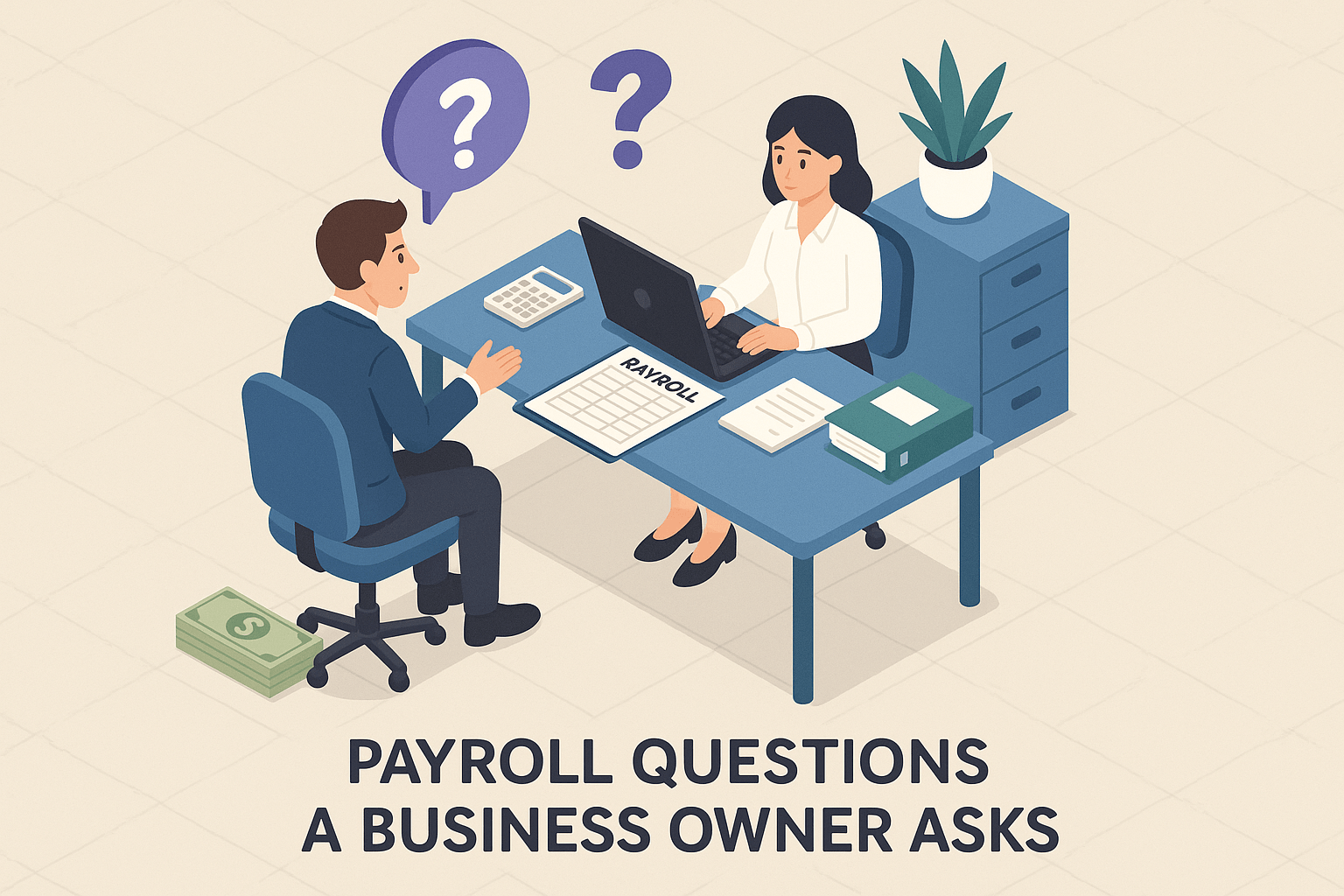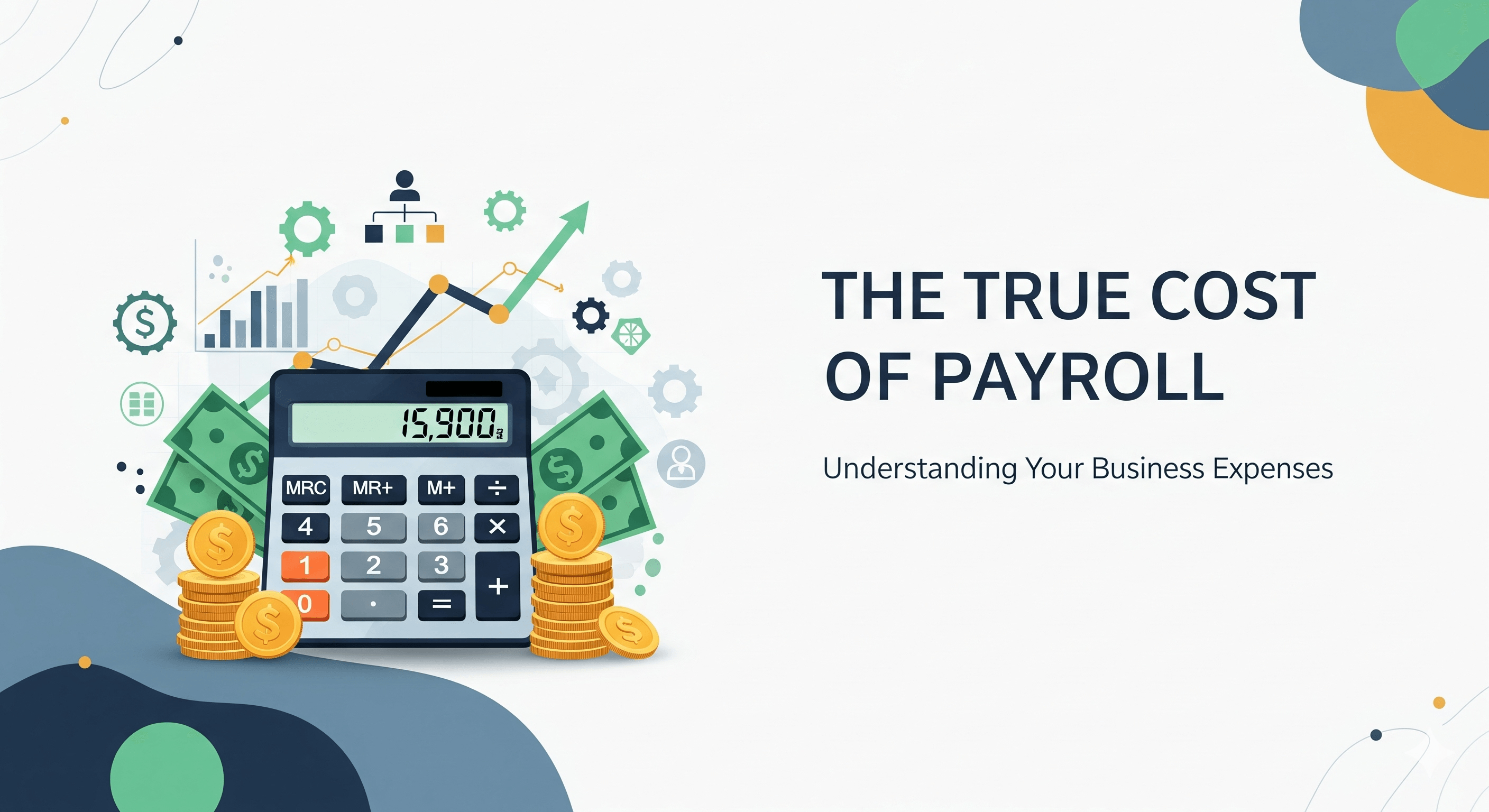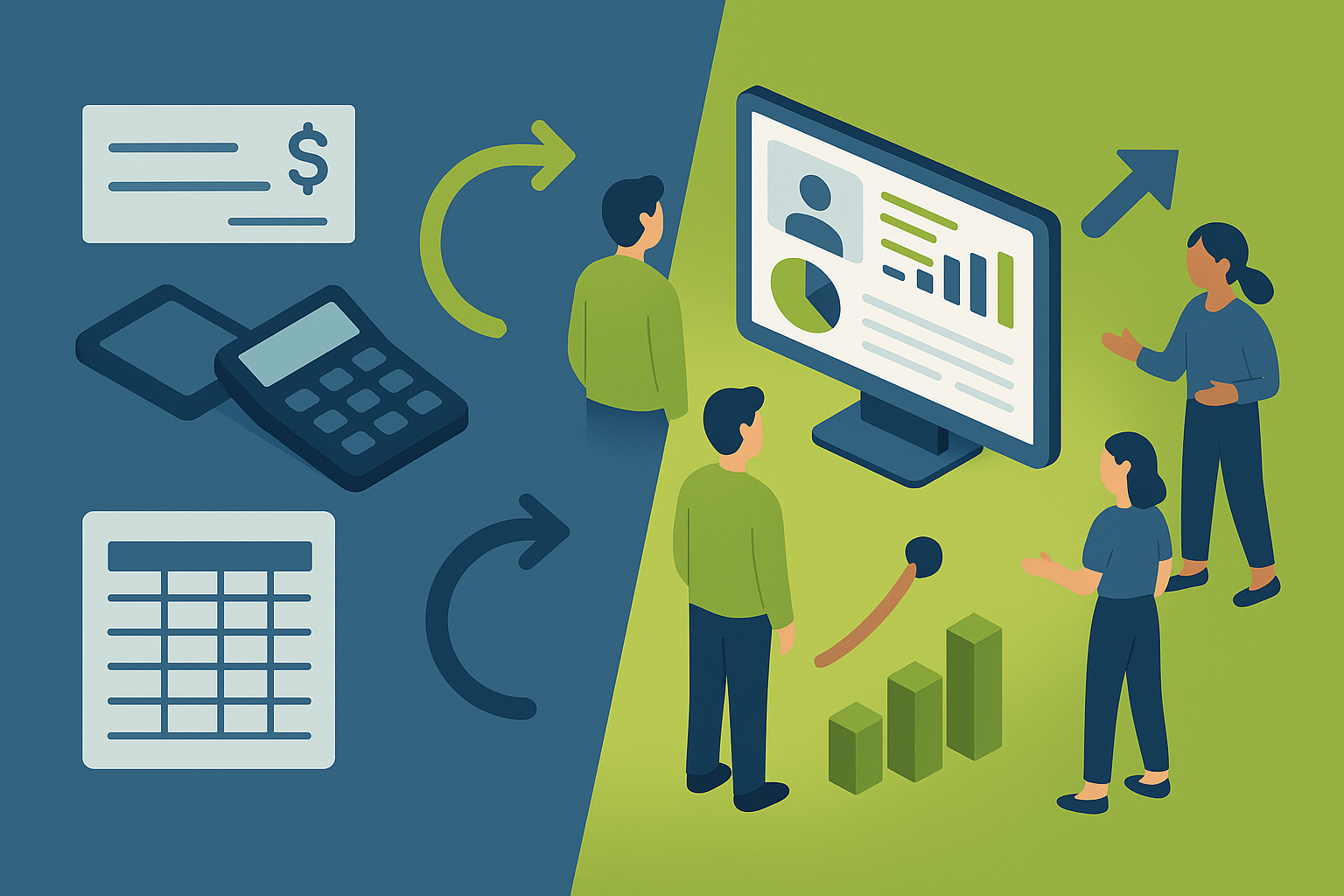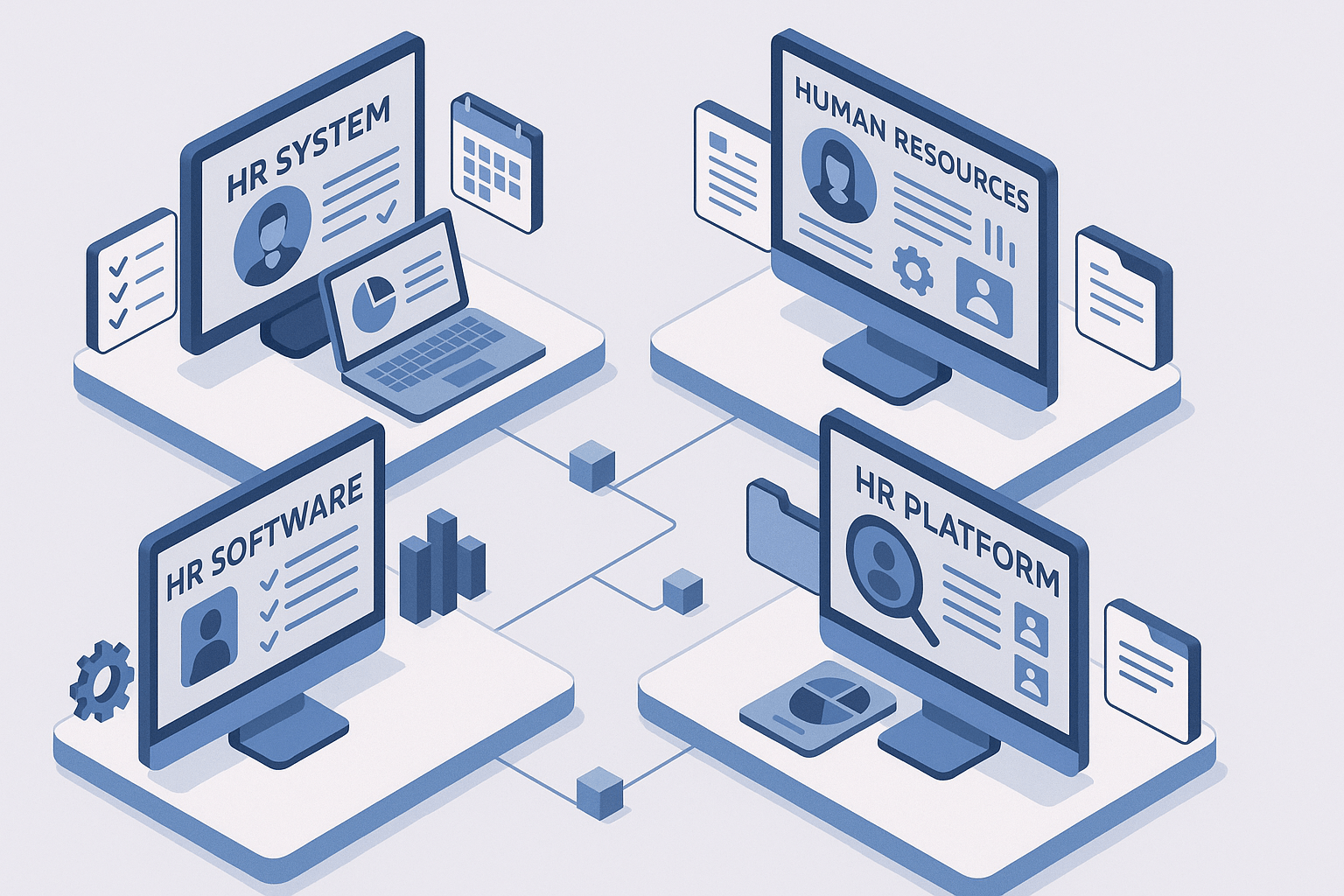Payroll Tax vs. Income Tax: What’s the Difference?
September 9th, 2024
6 min read

As a business owner, managing taxes can be one of the most challenging aspects of running your company. Between driving sales, keeping customers happy, and ensuring smooth operations, navigating the complexities of payroll and income taxes is an overwhelming task. You're not alone if you've ever felt puzzled about why so much money is deducted from paychecks before they even reach the bank or if you need clarification about the various tax responsibilities you face as an employer or an employee.
As a trusted provider of payroll and Human Capital Management solutions for decades, we at Lift HCM recognize that these tax-related uncertainties are not only confusing but can also lead to costly mistakes or missed opportunities to save money. That's why our team of experts is dedicated to staying up-to-date on the latest tax laws and regulations, and we're committed to providing our clients with the guidance and support they need to navigate these complex issues. Let us help you ensure that your payroll processes are compliant and efficient so you can focus on running your business.
By the end of this article, you’ll clearly understand the key differences between payroll tax and income tax, how they affect your business and employees, and what you can do to manage them effectively.
Table of Contents
- What Are Payroll Taxes?
- What Are Personal Income Taxes?
- Critical Differences Between Payroll Taxes and Income Taxes
- Practical Tips for Managing Payroll and Income Taxes
- Leveraging Expert Help From Lift HCM for Tax Management
- FAQs on Payroll Tax and Income Tax
What Are Payroll Taxes?
Payroll taxes are the taxes employers withhold from an employee’s paycheck and pay to the government on behalf of the employee. Federal, state, and sometimes local governments require these taxes, which primarily fund social welfare programs like Social Security and Medicare in the United States.
When processing payroll, employers must withhold these taxes from employees' earnings and ensure they are remitted to the appropriate government agencies. This includes both the employee's contribution and the employer's share, as employers are typically required to match the employee's contributions to these programs.
How Payroll Taxes Work
Payroll taxes are deducted from an employee's paycheck before they receive it, a process known as "withholding." Let's break down the components:
- Social Security Tax:
- Rate: 6.2% for both employees and employers (12.4% total)
- Wage Base Limit: $168,600 (as of 2024)
- Medicare Tax:
- Rate: 1.45% for both employees and employers (2.9% total)
- No wage base limit
- Additional 0.9% for high earners (over $200,000 for single filers)
- Federal Unemployment Tax (FUTA):
- Paid solely by employers
- Rate: 6% on the first $7,000 of each employee's wages
The chart below illustrates the different payroll taxes for 2024, showing the rates for Social Security, Medicare, and Federal Unemployment Tax (FUTA) for both employees and employers. It also highlights the wage base limits where applicable.
.png?width=1979&height=1180&name=payroll%20taxes%20chart(1).png)
Employers are required to match the amounts that employees pay for Social Security and Medicare taxes, making it a shared responsibility between both parties. This is one of the critical distinctions of payroll taxes—they are directly tied to employment and providing government services that benefit employees.
What Are Personal Income Taxes?
Personal Income taxes are taxes that individuals pay on their total income, regardless of where it comes from. This could include income from wages, investments, interest, and other sources. Personal income taxes are levied by federal, state, and sometimes local governments.
Income tax is calculated based on your total income over a year. Depending on the tax system in your country, you might be taxed at different rates depending on how much you earn. In the United States, for example, the federal income tax system is progressive, meaning that the more you earn, the higher the percentage of your income you pay in taxes.
The basic steps to calculate personal income taxes include:
- Determine Gross Income: This includes all the money you earn during the year, such as wages, salaries, bonuses, interest, dividends, and other forms of income.
- Adjustments and Deductions: You can reduce your taxable income by applying certain deductions (like contributions to retirement accounts) and adjustments (like business expenses if you're self-employed).
- Apply Tax Rates: Once you have your taxable income, you apply the tax rates to determine how much you owe. In the U.S., there are several tax brackets, and your income might fall into more than one bracket.
Personal income taxes are usually paid annually via withholding from your paycheck if you're an employee. However, you'll likely need to make estimated tax payments quarterly if you're self-employed.
Critical Differences Between Payroll Taxes and Income Taxes
Now that we've defined payroll and income taxes, let's examine their differences.
Source of Payment
- Payroll Taxes: These taxes are directly tied to employment. They are split between employees and employers, with the employee's share being automatically deducted from their paycheck.
- Income Taxes: These taxes are based on an individual's total income, regardless of source. The taxpayer is solely responsible for paying income taxes, although employers help by withholding an estimated amount from each paycheck.
Purpose and Use of Funds
- Payroll Taxes: Funds from payroll taxes are explicitly earmarked for social insurance programs like Social Security and Medicare. These programs provide direct benefits to workers when they retire or become disabled.
- Income Taxes: Income tax revenue goes into the general budget of the federal, state, and local governments. This revenue funds many public services, such as national defense, education, infrastructure, and more.
Calculation and Rates
- Payroll Taxes: Calculating payroll taxes is relatively straightforward. They are a fixed percentage of wages, and both employers and employees know exactly how much will be deducted.
- Income Taxes: Calculating income taxes can be complex, as it involves multiple steps, including determining gross income, applying deductions, and then using a tiered rate system to determine the final tax bill.
Who Pays?
- Payroll Taxes: Payroll taxes are shared between the employer and the employee. This means both parties have a financial stake in the taxes being paid.
- Income Taxes: Income taxes are the responsibility of the individual. While employers may withhold taxes from paychecks, the ultimate liability lies with the taxpayer. This is particularly true for self-employed individuals, who must calculate and pay their taxes without an employer's assistance.
| Aspect | Payroll Taxes | Income Taxes |
| Who Pays |
Both employer and employee |
The individual taxpayer |
| What They Fund |
Social Security, Medicare |
General government operations |
| Tax Rate |
A fixed percentage of wages (e.g., 6.2% for Social Security, 1.45% for Medicare) |
Progressive tax rates |
| Calculation |
Straightforward |
Complex, with deductions and credits |
| Payment Method |
Withheld from paycheck |
Withheld or paid quarterly/annually |
Practical Tips for Managing Payroll and Income Taxes
Understanding the differences between payroll and income taxes is just the first step. To help you manage these taxes more effectively, here are some practical tips that can make a significant difference for employers and employees.
For Employers: Streamlining Payroll Tax Management
Managing payroll taxes efficiently is crucial for business owners to avoid penalties and ensure compliance. Here’s how you can streamline the process:
- Invest in Payroll Software: Payroll software can automate the calculation and withholding of payroll taxes, reducing the risk of errors and saving you time. It also ensures that all tax payments are made on time.
- Stay Updated on Tax Laws: Tax laws can change frequently, especially at the state and local levels. Make it a priority to stay informed about any changes that might affect your payroll tax obligations.
- Classify Workers Correctly: Misclassifying employees as independent contractors can lead to significant penalties. Ensure that you correctly classify all workers and withhold the appropriate taxes.
- Outsource Payroll: If managing payroll taxes is taking too much of your time, consider outsourcing to a trusted payroll service provider like Lift HCM. This allows you to focus on growing your business while ensuring compliance with all tax laws.
For Employees: Maximizing Your Take-Home Pay
As an employee, knowing how to optimize your paycheck and ensure you’re not overpaying on taxes is essential. Here are some strategies:
- Adjust Your W-4 Form: If you’re consistently getting a large tax refund or owing money at the end of the year, consider adjusting your W-4 form with your employer. This form determines how much federal income tax is withheld from your paycheck.
- Contribute to Retirement Accounts: Contributions to 401(k) or IRA accounts can reduce your taxable income, lowering the income tax you owe.
- Take Advantage of FSA or HSA Accounts: Contributions to a Flexible Spending Account (FSA) or Health Savings Account (HSA) are tax-deductible, reducing your taxable income and saving you money on payroll and income taxes.
- Review Paycheck Deductions Regularly: Reviewing your pay stubs regularly can help you catch errors in tax withholding or other deductions, ensuring that your take-home pay is accurate.
Leveraging Expert Help From Lift HCM for Tax Management
Taxes can be complicated, but they don’t have to be overwhelming. Whether you’re an employee looking to maximize your take-home pay, an employer trying to manage payroll taxes more efficiently, or a self-employed individual navigating complex tax responsibilities, you can take steps to make tax season less stressful.
At Lift HCM, we specialize in helping businesses manage payroll taxes, ensuring compliance, and maximizing efficiency. Whether you need help with payroll software, stay updated on tax laws, or want to outsource the entire process, we’re here to help. Let us take the burden of tax management off your shoulders so you can focus on what you do best—running your business and taking care of your employees.
FAQs on Payroll Tax and Income Tax
Are payroll taxes the same as income taxes? No, they are different. Payroll taxes fund specific programs like Social Security and Medicare, while income taxes fund general government operations.
Do I have to pay both payroll and income taxes? Yes, if you're an employee. Your employer withholds both from your paycheck.
How can I reduce my payroll tax burden? As an employee, your options are limited. Consider contributing to tax-advantaged accounts like 401(k)s or HSAs.
What happens if I don't pay payroll taxes as an employer? Failure to pay payroll taxes can result in severe penalties, including fines and potential criminal charges.
How do payroll taxes work for remote employees in different states? Generally, you pay payroll taxes based on where the employee performs the work, not where the company is. This can get complex with multi-state employees.
Please note that this article does not cover all possible scenarios, and any discussions or viewpoints should not be considered legal advice. Readers are advised to consult with legal professionals for specific legal guidance.
.jpg?width=254&height=169&name=composition-with-book-light-bulb(1).jpg) If you are not yet ready to speak with a team member, you may find these resources helpful:
If you are not yet ready to speak with a team member, you may find these resources helpful:
Caitlin Kapolas is a results-driven professional with a strong background in account management and retail. She is dedicated to improving client experiences and building lasting relationships. Caitlin excels in identifying client needs, resolving issues, and implementing customized solutions that drive value. Her effective communication skills ensure high client satisfaction and loyalty, making her a trusted advisor and partner in meeting client needs with precision and professionalism.


.png?width=1536&height=1024&name=Create%20a%20background%20that%20reads%2c%20How%20Long%20to%20Keep%20P%20(1).png)





